A*STAR’s Professor Yeo Yee Chia: Why I returned to Singapore from TSMC
How did A*STAR’s Professor Yeo Yee Chia start his career with Taiwan’s semiconductor heavyweight TSMC, and juggle work and family? Lianhe Zaobao correspondent Woon Wei Jong finds out more.
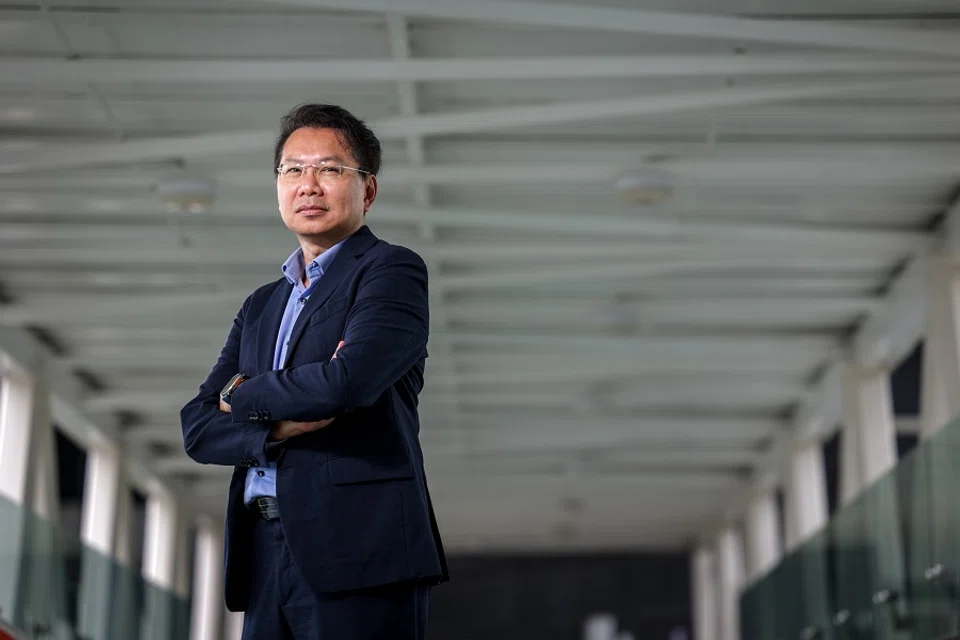
Ten years ago, Professor Yeo Yee Chia from the National University of Singapore (NUS) School of Electrical and Computer Engineering was invited to meet Morris Chang, the founder of Taiwan Semiconductor Manufacturing Company (TSMC) for a one-to-one talk.
Chang persuaded Yeo to relocate to Taiwan to help overcome technological barriers and join a team advancing semiconductor technologies.
For family and country first
From 2014 to 2022, now 53-year-old Yeo stood at the frontline of the global tech war. As TSMC’s director of research and development, he was involved in the research and development of the most advanced semiconductor chips. In those eight years, TSMC successfully developed world-leading technologies to manufacture 7-nm, 5-nm, and 3-nm chips.
One nanometer (nm) is one millionth of a millimetre (mm). A 3-nm chip can contain at least 50 billion transistors. Smaller transistors, packed in greater numbers, make the chip faster and more energy-efficient.
Yeo’s main opponents in the Taiwan “chip war” were Samsung and Intel. Today, TSMC leads the industry as it produces more than 90% of the most advanced chips for its customers worldwide.
Having fought the good fight, Yeo reflected on his purpose. Ultimately, he realised his deepest motivation was to fight for his loved ones and Singapore’s technological advancement.
In September 2022, Yeo returned to serve his country. He joined the Agency for Science, Technology and Research (A*STAR) and used his overseas work experience to help integrate its research units, technological development in universities and enterprises, and talent cultivation.
In just two years, he rose from executive director to deputy chief executive (innovation & enterprise), showing that amid the fast-paced and cutthroat tech war, Singapore’s tech sector urgently requires leaders with industry experience to command its troops into battle.
“Some say AI can save the world. We say we need to rescue AI first.” — Professor Yeo Yee Chia, A*STAR
AI can save the world, but needs rescuing itself
As one of Singapore’s top scientists, Yeo’s research may seem abstruse but is actually closely related to everyday life.
He has dedicated his life towards making semiconductor chips faster and more energy efficient; such chips are widely utilised in mobile phones, computers, washing machines, automobiles, artificial intelligence (AI), and military and healthcare technologies. Very often, the improved performance of these applications are linked to breakthroughs in his research.
One of Yeo’s latest breakthroughs is his 302nd US patent that was granted on 17 December. It focuses on the optimisation of chip structure and connectivity for improved power, performance, and energy consumption.
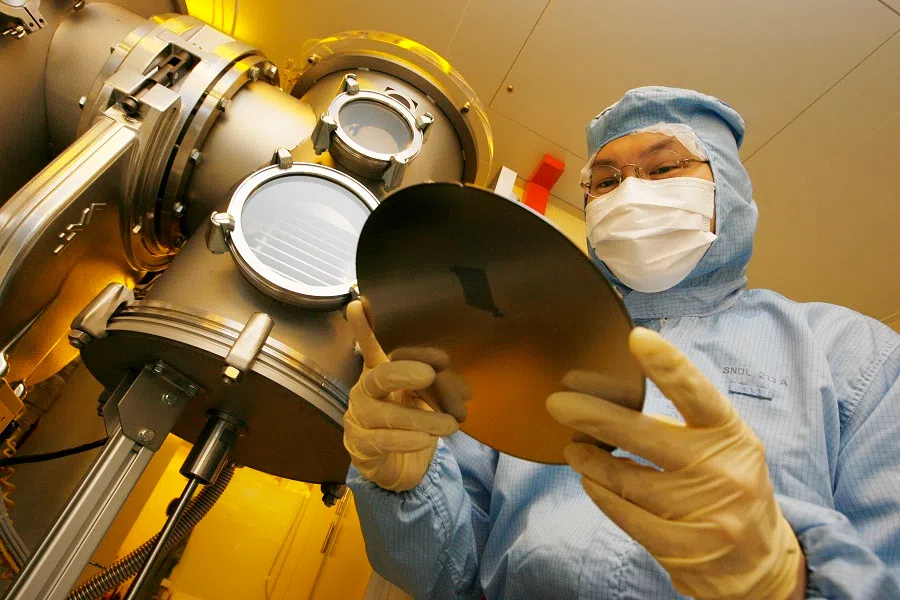
While AI is said to able to solve many problems for the world, it consumes a lot of power, and A*STAR is working hard to tame this “energy-guzzling beast”. “Some say AI can save the world. We say we need to rescue AI first,” Yeo laughed.
Yeo’s research team recently came up with a co-packaged optics solution that integrates optical components directly onto semiconductor chips for data transfer. Short optical fibres are used as rack-to-rack connections for light to transfer data between chips.
Yeo estimates that adopting the implementation will result in network-related energy savings of at least 15 megawatts (MW) for a 300 MW AI data centre as compared to using traditional pluggable optics. In a month, this would be enough to satisfy the energy needs of 28,800 four-room Housing Development Board (HDB) apartments (assuming a monthly average of 375 kilowatt-hours each).
US-China tensions bad for production and innovation
Singapore faces the spillover risks from the escalating China-US tech war. In recent years, the US’s “small yard high fence” strategy to control its exports aims to uphold its technological and military advantages by curtailing China’s abilities to obtain and manufacture advanced chips. US restrictions targeting Chinese technology have indirectly impacted Singaporean and Malaysian companies with Chinese investments, further limiting the export of key semiconductors to the US market — a sector where China currently holds a competitive edge.
With the implementation of trade controls, production volume will decrease, driving prices up. At the same time, lower production will slow down knowledge generation and innovation. — Yeo
As the China-US tech war intensifies, Yeo said that he is more concerned than pleased, because the conflict would limit exchanges and slow innovation, albeit Singapore has benefited by becoming the manufacturing base of choice for more tech giants.
He said that the tech war has divided the global semiconductor industry into pro-US and pro-China camps. With the implementation of trade controls, production volume will decrease, driving prices up. At the same time, lower production will slow down knowledge generation and innovation.
Last December, Yeo flew to the US to attend the International Electron Devices Meeting (IEDM), the most important annual conference of the semiconductor industry. He observed that while top Chinese and American universities sent scientists to present their papers, with Peking University prominently having 14 papers published (there were also nine papers from Singapore), he did not see in-depth interactions between Chinese scientists and the rest, as big Chinese semiconductor companies were not invited to the IEDM while all the big players from the US and Singapore were present.
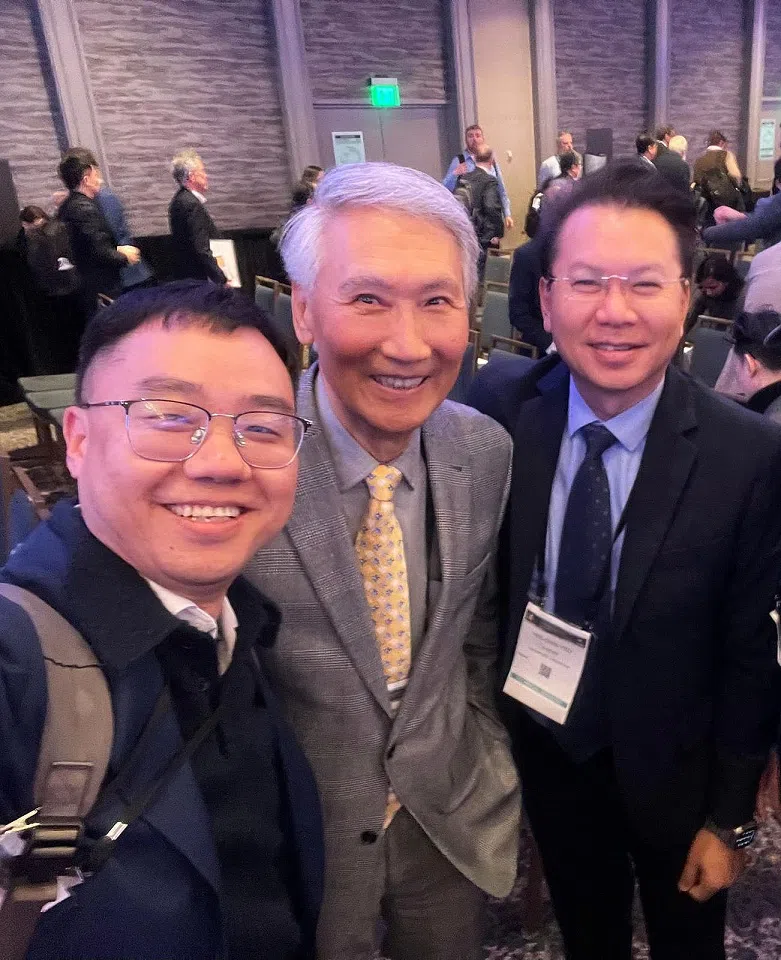
Yeo said globalisation has propelled the semiconductor industry forward over the last few decades. In terms of technologies, equipment, and materials, each country has their respective strengths and have benefited from the integration of the industry’s supply chain. The present disruption to the supply chain not only affects business relationships but also scientific cooperation and exchanges, which will definitely slow the development of the industry.
Singapore has always benefited from multilateral cooperation
Singapore’s cordial relations with both China and the US, coupled with its stable political and economic environment and good infrastructure, mean that many big Western companies view it as a “buffer zone” to set up new or additional production bases outside the US and both sides of the Taiwan Strait.
For example, on 4 December, VisionPower Semiconductor Manufacturing Company, a joint venture between Taiwan’s Vanguard International Semiconductor Corporation and the Netherlands’ NXP Semiconductor started construction work on a S$10.5 billion wafer manufacturing plant in Singapore.
Many Chinese tech companies including Alibaba, Tencent, ByteDance, Huawei, and Xiaomi also have operations based in Singapore, with a number also involved in research and development work here.
“But now even goods manufactured in Singapore cannot be sold to China if their production employs American technology or Western equipment. I feel that there is much to worry about for deglobalisation.” — Yeo
When asked for his opinion on this, Yeo said, “Singapore has always benefited from multilateral cooperation. Since its stance is more or less a neutral one, products and technologies from Singapore can be sold to the rest of the world. But now even goods manufactured in Singapore cannot be sold to China if their production employs American technology or Western equipment. I feel that there is much to worry about for deglobalisation.”
‘World does not need Singapore if it cannot keep up’
The numbers indicate that 20% of semiconductor equipment and more than 10% of chips manufactured worldwide are made in Singapore, whose wafer fabrication capacity is 5% of the global total, while the semiconductor industry accounts for 7% of its GDP.
Against a backdrop of decoupling in global supply chains and markets, it would be difficult for Singapore to keep benefitting from both sides. For Yeo, Singapore’s strategic positioning for scientific research amid the China-US tech war is to stay relevant and at the cutting-edge. “Semiconductor technology is constantly progressing. If you cannot keep up, you are out. The world does not need Singapore if it cannot keep up.”
But before stepping on the accelerator, one has to get the directions correct and be mindful of the road conditions ahead. It is the same with scientific research. Yeo shared that A*STAR closely monitors industry dynamics and trends, and has identified key projects to develop and commercialise, including equipment production, advanced packaging, third-generation semiconductors, and optical fibre communications, which are its strengths.
Hoping to maintain 20% global market share in semiconductor equipment
Yeo said that resource limitations means that Singapore is unable to manufacture the most advanced chips, but it hopes to at least maintain its “20% market share” in global semiconductor equipment production by contributing to equipment manufacturing, as well as research and development of advanced manufacturing processes.
As semiconductor structure approaches physical limits, advanced packaging research and development is the future direction, where chips with various functions are stacked up or laid side by side and connected to each other for bi-directional data transfer. This would generate opportunities for many advanced technologies and lead to countless business opportunities.
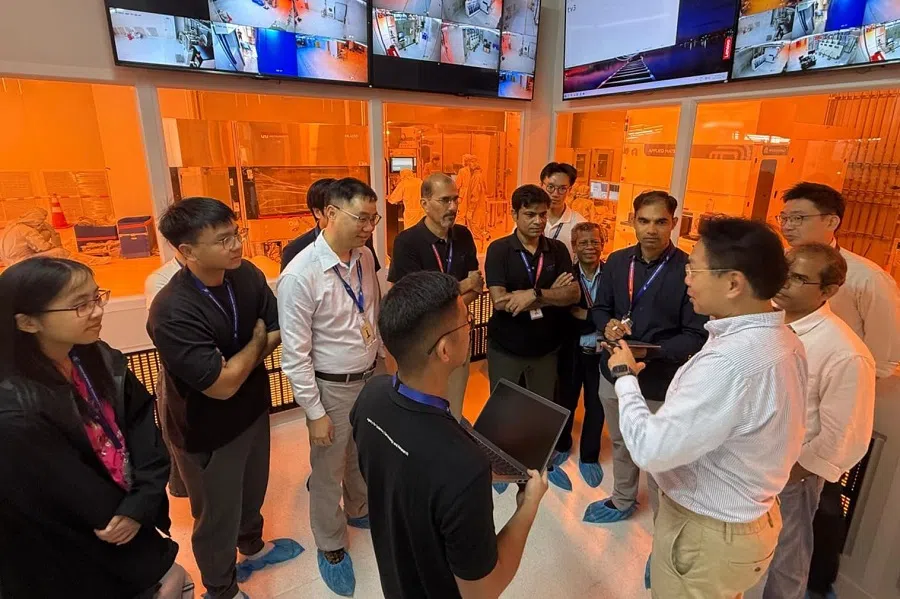
Also, as mobile phones and electric vehicles become more common, there is growing demand for third-generation gallium nitride (GaN) semiconductors with high temperature tolerance and superior charging capabilities. In 2022, Singapore set up the National GaN Technology Centre in anticipation of future developments in this area.
Optical fibre communications is also a research area that A*STAR has been committed to for many years, with the potential to provide AI data centres with high-speed, energy-efficient, and low-cost data transmission.
Three measures to develop cutting-edge independent R&D capabilities
Following the gradual emergence of a clear strategic position and direction, Yeo publicly committed via Lianhe Zaobao to “spearhead Singapore’s pursuit for world-class independent R&D capabilities”. To this end, he proposed three implementation strategies: R&D collaboration with multinational companies, supporting the development of local companies, and recruiting global talent while nurturing local talent.
First, R&D collaboration with multinational companies will benefit both the global and local semiconductor ecosystems. For example, A*STAR and Applied Materials, the biggest semiconductor equipment supplier in the world, jointly set up a laboratory in Singapore last September. In November the same year, Applied Materials went one step further to make its advanced packaging R&D platform available in Singapore.
Second, supporting the development of local companies. In April 2024, A*STAR set up the National Semiconductor Translation and Innovation Centre to develop R&D capabilities and local talent. Besides conducting research in emerging areas like flat optics and silicon photonics, the centre also provides companies and researchers with access to cleanrooms and semiconductor infrastructure, lowers entry barriers for entrepreneurship and research, and provides patents to protect intellectual property.
In 2018, A*STAR set up Advanced Micro Foundry (AMF), focusing on silicon photonics which is widely employed in optical fibre communications. Yeo is optimistic about AMF’s prospects and hopes that it can become a “Singapore TSMC” for silicon photonics.
Yeo also hopes to see Singapore’s R&D being guided by commercialisation and the market, with close industry cooperation and risk assessments, so that R&D will be translated into equipment and goods that can be mass produced, to ultimately benefit the economy and society.
Singapore should build on its advantage of having long-established international trust, and borrow from the best practices of industry leader TSMC in building long-term trust and serving global clients. — Yeo
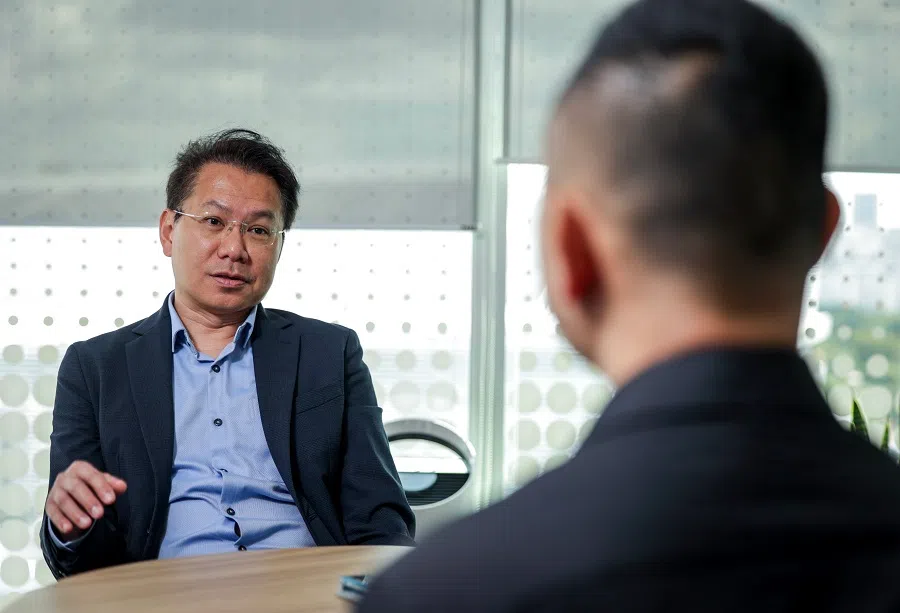
Yeo added that Singapore should build on its advantage of having long-established international trust, and borrow from the best practices of industry leader TSMC in building long-term trust and serving global clients. “The secret is to remain neutral, safeguard trade secrets, and not compete with clients for business. At the same time, cooperate with big multinational companies that are also competitors to achieve win-win outcomes.”
Semiconductor industry needs artisan spirit
Third, recruiting global talent while nurturing local talent. During Yeo’s time at TSMC, he was involved in initiating a global talent search, where he and his team prepared a list of science professors from top universities who are proficient in both Mandarin and English, before contacting each to make job or collaboration offers.
Yeo’s desire for talent continues at A*STAR. The day before our interview, he had just completed a session of online video interviews with many overseas scientists. He smiled: “As long as they are talents, we want to get in touch.”
In terms of nurturing talent, Yeo successfully guided 44 students through their doctoral studies during his time at NUS. At A*STAR, he encourages interns to participate in R&D. Of the PhD students previously under his supervision, more than 60% went on to work for tech organisations, including his protégé, 41-year-old Associate Professor Gong Xiao, a senior principal scientist at A*STAR’s Institute of Microelectronics.
... for scientists, the biggest draw is that Singapore can provide research topics with huge potential to impact the world. — Yeo
Yeo said, “An artisanal spirit is needed in the semiconductor industry as one strives for excellence through constant training. Internally, we also need to cultivate leaders. I’ve always thought about letting my successor take over and it is my wish to have a strong line-up of reserves in the team, just like a soccer team needs to have depth in its bench. My hope is that one day, the team is able to outdo itself even without me.”
Yeo thinks Singapore has a number of strengths when it comes to attracting and retaining talent, such as a good education system, abundant urban greenery, and a wide selection of good food, but for scientists, the biggest draw is that Singapore can provide research topics with huge potential to impact the world.
“Currently, we have many research projects but we need to better align them with the most important topics in the industry. A*STAR wants to bridge academic circles and industry, and have an acute awareness for research directions and business opportunities. In this regard, we rely on the evaluation of both in-house and external experts.”
Late-night budget flights to meet family every two weeks
One cannot speak of Yeo’s achievements without mentioning his wife Ng Jiak Lui, 53, whose quiet support has enabled Yeo to focus on his work without worrying about his family.
Ng used to teach Chinese in a secondary school and is now a tutor. The couple have two children: 24-year-old Yeo Sheyuan, currently a fourth-year double major in mathematics and computer science in NUS, and 20-year-old Yeo Zixuan, currently a second-year life science major in the same university.
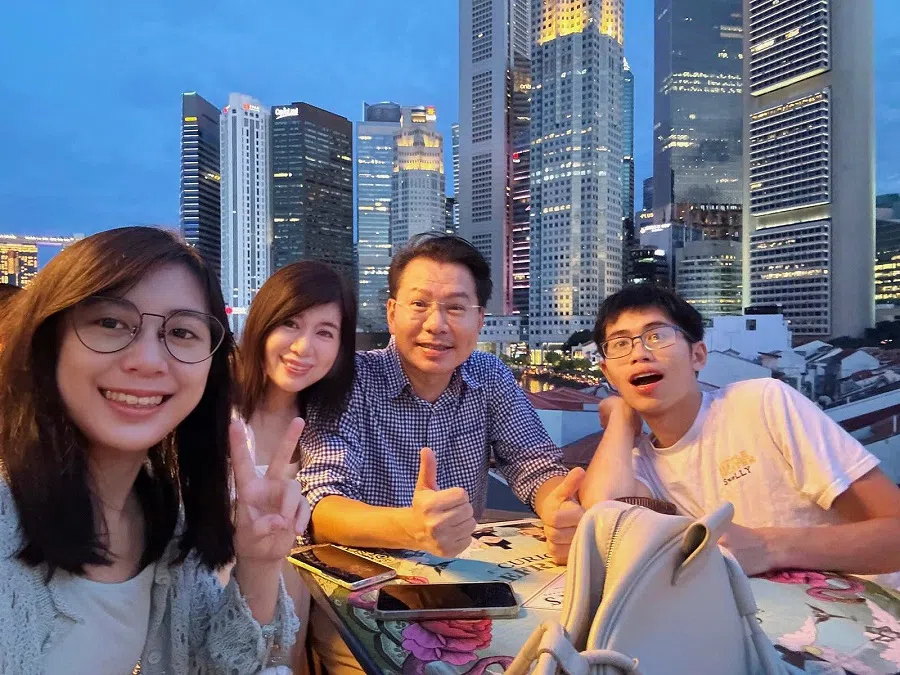
Yeo shared a family photograph taken on 9 August 2024, when they had a simple dinner at the rooftop of a restaurant in South Bridge Road before catching the National Day fireworks together.
Having dinner together as a family is a simple joy, but it did not come easy.
Ten years ago, when he was invited to join TSMC’s R&D team, Yeo held many family meetings before finally setting off for Taiwan after he was certain that his wife and children were all supportive of the move. His children chose to remain in Singapore, with their mother to take care of them.
Little did he expect to leave for eight years. In Taiwan, Yeo was charged with leading TSMC into battle, in the fiercely competitive chip war. The first time he came home was two months later, to attend an international conference. It was then that he realised how much he missed them.
In the years that followed, Yeo stuck to a rigid routine of flying home every two weeks on budget flights, rushing to Taoyuan Airport to catch the 7:50 pm flight home after work on Friday before taking the 1:00 am return flight on Monday from Changi Airport. He admitted to needing his family: “My wife has always been strong; it’s me who needs her support more.”
Yeo described his wife as low-profile and easily contented. He is also very clear that while she has been uncomplainingly and quietly supportive of his research career, her greatest wish is for their family to spend more time together.
Then came the pandemic and border closures, and Yeo was unable to return home for a long time. In the end, he made up his mind to move back here to reunite with his family and to accept a new challenge from A*STAR to contribute towards Singapore’s industrial and economic development.
“You will find that becoming a scientist in Singapore is not an unattainable dream.” — Yeo
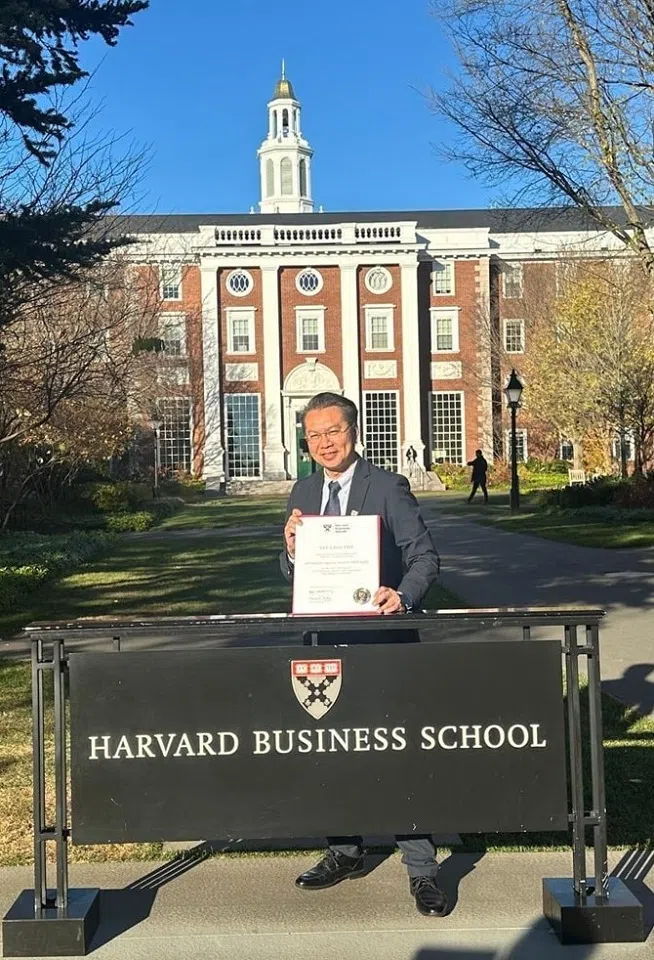
In 2024, A*STAR sent him to Harvard Business School for an 11-week management course. Drawing upon the successes or failures from 115 case studies from different countries and organisations, he worked on national scientific research strategies, enhancing corporate governance and talent cultivation there.
Being a scientist not an unattainable dream in Singapore
On being a scientist in Singapore, getting to attend international conferences and interact with eminent individuals he admires in the field, and being involved in solving important scientific problems for the benefit of society, Yeo marvelled with a sparkle in his eyes: “This is a vantage point like no other.”
He also urged young people who aspire towards a career in scientific research to do so, and suggested that they start with A*STAR internships. “You will find that becoming a scientist in Singapore is not an unattainable dream.”
Looking ahead, Yeo anticipates that breakthroughs will get increasingly difficult in the next two decades, given limits of physics, material, and equipment.
But he quickly laughed: “We have achieved major breakthroughs in the past and overcome barriers that were once thought insurmountable, thanks to many clever scientists and engineers in our industry who have been adaptive and innovative. I think we need plenty of new blood to help us find a new way forward.”
This article was first published in Lianhe Zaobao as “新科研副总裁杨育佳教授:引领我国追求 世界级自主研发能力”.


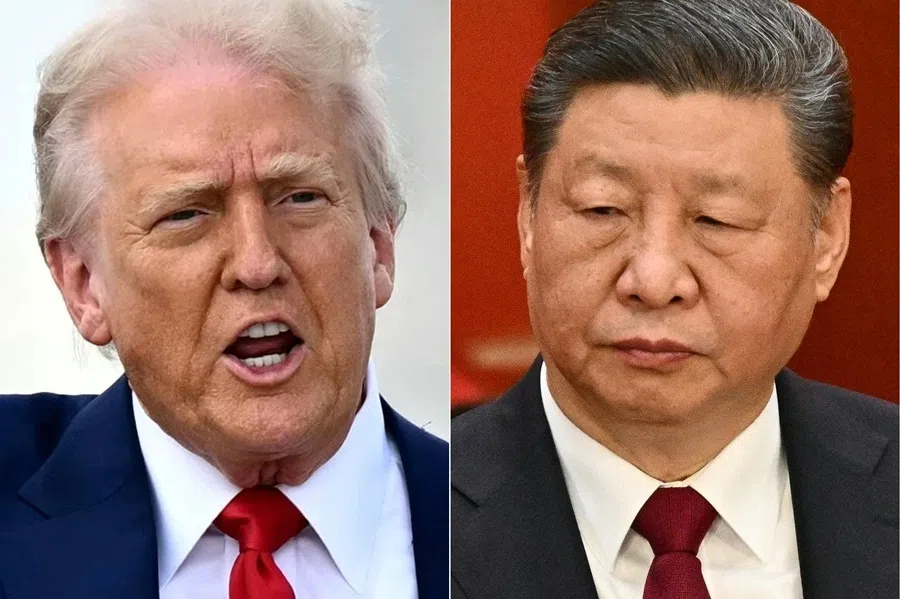

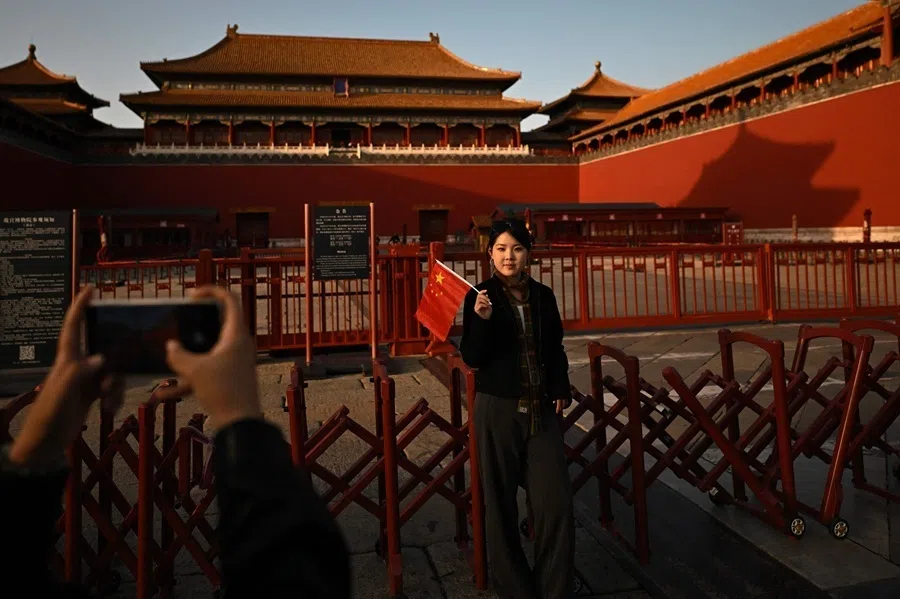
![[Vox pop] Chinese parenting: Tough love or just tough?](https://cassette.sphdigital.com.sg/image/thinkchina/b95bd53631df26290df995775a40e36709bf8dc8e3759460276abd5c426b20b6)